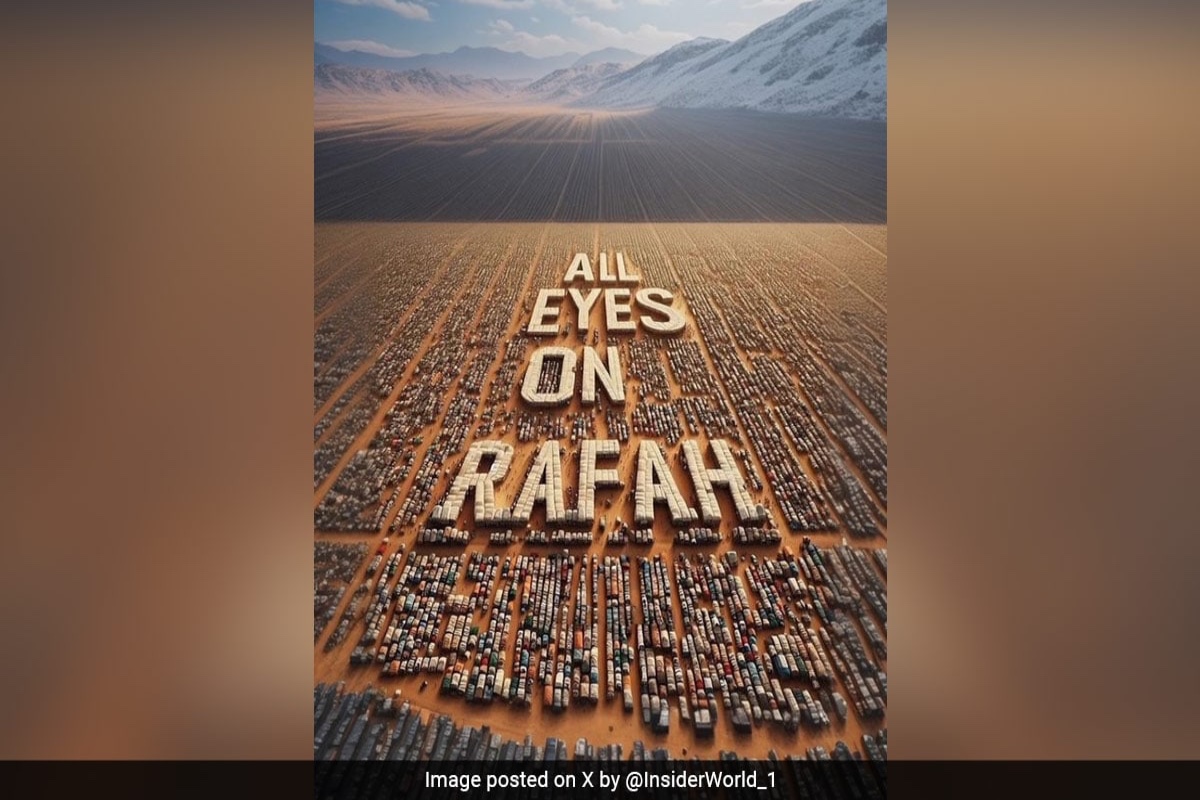Afghanistan, A War Gone Wrong
The prospect of a negotiated peace is dismissed almost outright. . . . “There are no al-Qa’eda fighters in Afghanistan any more.â€
By James Fergusson
 |
Afghan men wait to perform Eid al-Adha prayers in Kabul November 16, 2010. REUTERS/Omar Sobhani |
The sound of a propeller engine is audible the moment my fixer and I climb out of the car, causing us new arrivals from Kabul to glance sharply upwards. I have never heard a military drone in action before, and it is entirely invisible in the cold night sky, yet there is no doubt what it is. My first visit to the Taliban since 2007 has only just begun and I am already regretting it. What if the drone is the Hellfire-missile-carrying kind?
Three years ago, the Taliban’s control over this district, Chak, and the 112,000 Pashtun farmers who live here, was restricted to the hours of darkness although the local commander, Abdullah, vowed to me that he would soon be in full control. As I am quickly to discover, this was no idle boast. In Chak, the Karzai government has in effect given up and handed over to the Taliban. Abdullah, still in charge, even collects taxes. His men issue receipts using stolen government stationery that is headed “Islamic Republic of Afghanistanâ€; with commendable parsimony they simply cross out the word “Republic†and insert “Emirateâ€, the emir in question being the Taliban’s spiritual leader, Mullah Omar.
The most astonishing thing about this rebel district and for Nato leaders meeting in Lisbon this week, a deeply troubling one is that Chak is not in war-torn Helmand or Kandahar but in Wardak province, a scant 40 miles south-west of Kabul. Nato commanders have repeatedly claimed that the Taliban are on the back foot following this year’s US troop surge. Mid-level insurgency commanders, they say, have been removed from the battlefield in “industrial†quantities since the 2010 campaign began. And yet Abdullah, operating within Katyusha rocket range of the capital and with a $500,000 bounty on his head has managed to evade coalition forces for almost four years. If Chak is in any way typical of developments in other rural districts and Afghanistan has hundreds of isolated valley communities just like this one then Nato’s military strategy could be in serious difficulty.
At the roadside, Abdullah himself materialises from the darkness. He seems hugely amused to see me again. The drone, thankfully, turns out to be a ringay the local, onomatopoeic nickname for a small camera drone. Abdullah says it’s the armed versions, the larger-engined Predators and Reapers, known as buzbuzak, that we need to worry about and this definitely isn’t one of those. I imagine some CIA analyst in Langley, Virginia, freeze-framing a close-up of my face and filing it under “Insurgentâ€. In this valley, no one but the Taliban moves about in vehicles after dark.
In the middle of the night, after supper on the floor of a village farmhouse, I am taken by half a dozen Talibs to inspect the local district centre, a mud-brick compound garrisoned by 80 soldiers of the Afghan National Army who, Abdullah says, are too scared ever to come out. “We attack them whenever we like,†he says, producing Russian-made night vision glasses and examining the ANA’s forward trench positions. “In fact, we can attack them now if you want. Would you like that?†I politely decline the offer.
Kabul, Abdullah insists, controls just one square kilometre around the district centre; the rest of Chak belongs to the Taliban. “Last year, 30 ANP [Afghan National Police] came over to our side with two trucks full of heavy weapons… They could see how popular we were here, and that they were following the wrong path. They were all from the north. We sent them home to their villages.†During this September’s parliamentary elections, he adds with pride, 86 of the province’s 87 polling stations remained closed. A local candidate, Wahedullah Kalimzai, has since been accused of bribing election officials to stuff the ballot boxes in the one polling station that did open. “And Kabul has the temerity to call these elections a success!â€
A former engineering student at a Kabul polytechnic, Abdullah has also become a champion military truck burner since 2007. The eastern edge of Chak is delineated by the Kabul-to-Kandahar highway, a key supply route for the Nato war machine in the south. Repaved by the US just seven years ago at a cost of $190m, the road today is pockmarked with craters left by improvised explosive devices (IEDs). Over the years, he says, his men have destroyed “hundreds†of Isaf (International Security Assistance Force) vehicles on this stretch. His personal record is a convoy of 81 fuel trucks ambushed in a single, memorable night.
“We were scared of the Americans at first,†says Abdullah’s deputy, Mullah Naim. “We heard they had technology so powerful that they could see a mouse blink from space. But none of that turned out to be true.†This is not to say that the Taliban are not cautious. The Americans, Abdullah admits, have come close to catching or killing him more times than he can count. He issues his orders over a field radio and several mobile phones, on none of which he speaks for more than about a minute. He and his men seldom stop anywhere for long: in the 24 hours I spent with them we changed location six times, sometimes on foot, sometimes by car and, once, on a pair of Chinese motorbikes. Taking photographs of them is out of the question.
Their greatest concern is the risk of betrayal by “spiesâ€. That night, indeed, three strangers are arrested further up the valley after they were allegedly spotted taking pictures on their mobile phones. At 6am, after consulting by phone with Taliban headquarters in Pakistan, Abdullah announces that they will be tried by the local sharia judge an official appointed, like him, by HQ and that the three can expect to be hanged if found guilty. I ask if he has identified any enemies in Chak using data from Julian Assange’s WikiLeaks website, which he knows all about. “Not yet, because there are no computers here,†he replies, “but headquarters is still analysing the material… We have already learned a great deal, in general, about the way Isaf operates.â€
The atmosphere in Chak, perhaps unsurprisingly, feels oppressive and a little paranoid. No Western journalist has been to see these Taliban since my last visit, and they are careful not to advertise my presence unnecessarily now, insisting that I swathe my face in a woollen patou when we go outside. The community, self-contained even in normal times, has been cut off from the rest of the country for three years. The confusing maze of dirt tracks at the valley’s entrance is frequently seeded with IEDs which travellers must deactivate and reactivate by punching a code into a mobile phone. The only way in for invaders is by helicopter, therefore and since the summer, US special forces have launched airborne kill or capture raids in the district “almost every nightâ€. Sentries posted on mountaintops all around remain on permanent lookout for unusual helicopter activity: often the first sign of another night raid, and a signal for the Taliban to take to the hills themselves.
The effect of these night raids on Abdullah’s command structure has been negligible, but the same cannot be said for the effect on public opinion. Dozens of blameless locals have allegedly been killed by “the Americansâ€. Abdullah reels off a list of fatal incidents in the last two months alone a taxi-driver here, a farmer asleep in his orchard there, three students trying to get home to their families over there and it is clear that these attacks have done nothing but bolster support for the insurgents. “Thousands of people turn out at the funerals of our martyrs and chant ‘Death to America’,†one Talib tells me. This may be an exaggeration, but there is no arguing with what has happened at the bomb-shattered farmer’s house that I am later taken to see. The apple tree outside is freshly festooned with strips of green cloth the mark of a spontaneous local shrine.
Abdullah and his men seem to thrive under the threat of sudden death, as though infected by a kind of joie de guerre. He says it is the ambition of all of them to die as ghazi that is, as martyrs, in battle against the infidel. “It is our religious duty to resist you foreigners,†he tells me just as he did in 2007. “You must understand that we will never stop fighting you never.â€
The prospect of a negotiated peace is dismissed almost outright. “All this talk of a political settlement with Karzai… it is all tricks and propaganda,†he says. “The Taliban will not negotiate with anyone until all foreign troops have left.†His men are genuinely perplexed by General Petraeus’s assertion that Nato’s purpose in Afghanistan is to prevent the re-establishment of al-Qa’ida. “There were some foreign fighters in Chak for a while last year,†Mullah Naim recalls, “Arabs, Chechens, Pakistanis. But they were fighting under the Taliban, obeying our orders. They were nothing to do with al-Qa’ida. There are no al-Qa’ida fighters in Afghanistan any more. I have fought in the south and in the east as well as here. In seven years of operations I have not seen a single al-Qa’ida fighter. Not one.â€
12-47












2010
967 views
views
0
comments